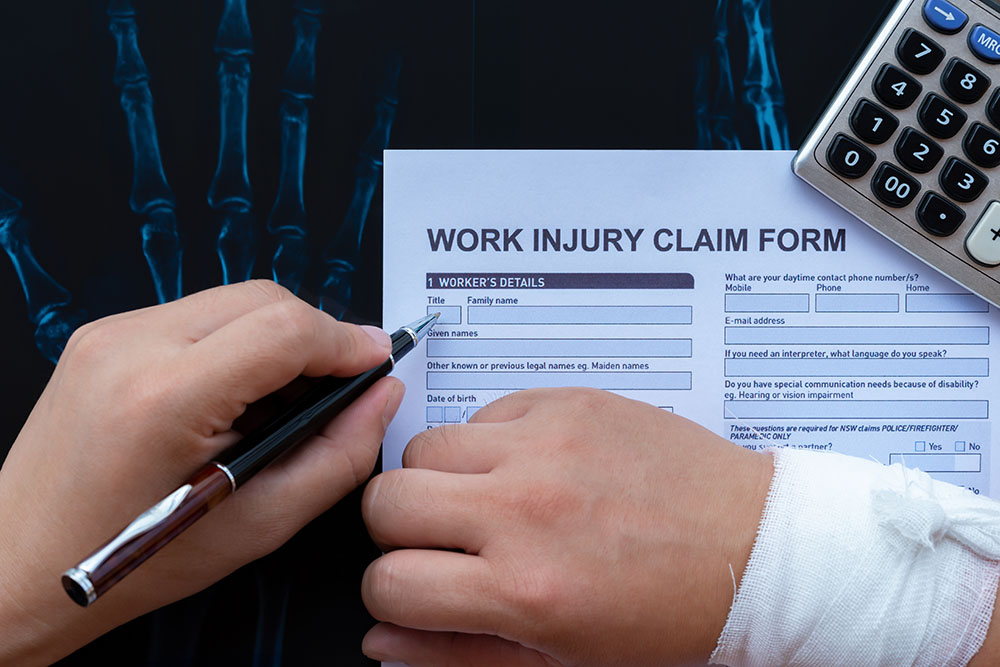Stevens Johnson Syndrome constitutes a life-threatening emergency and has a mortality rate of between five and ten percent with death usually occurring from systemic shock, multi-system organ failure and / or infection. While the only real way to empirically identify Stevens Johnson Syndrome is by lesion or blister biopsy, there are tell-tale signs you need to watch out for, especially if you are a survivor of Stevens Johnson Syndrome or Toxic Epidermal Necrolysis. It is estimated the re-occurrence rate of SJS is between twenty and thirty-five percent in those who survive SJS and TEN. How do you know you may be having a re-occurrence?
• Pay attention to the way you feel: Literally
Many times, survivors of Stevens Johnson Syndrome have recurrent Erythema Multiforme which if not monitored can exacerbate into Stevens Johnson Syndrome. It’s normal for EM to cause a low-grade fever, a general feeling of malaise and maybe even a bit of tenderness and itchiness to the rash or “splotchy” area. Each day after your shower or bath, make it a habit to look your body – especially your torso area, over. A quick glance in the mirror looking for rash or red “splotchy” areas will give you a heads up to monitor things.
Pay attention to the way you feel. Stop and think about how you feel right before you start to get sick. Do your joints hurt? Are your muscles a bit tender to the touch? That general feeling of malaise, is it present? Do you feel like you may be getting sick? Is your body temperature a little on the feverish side? If rash is present, does it encompass less than three percent of your body?
Remember the ‘rule of nines’, in which each side of your chest and leg is nine percent of body surface. With that in mind, and knowing that Erythema Multiforme rash encompasses less than three percent of body surface and Stevens Johnson Syndrome rash encompasses three percent or greater of body surface, you can effective monitor possible future SJS and TEN related outcomes.




